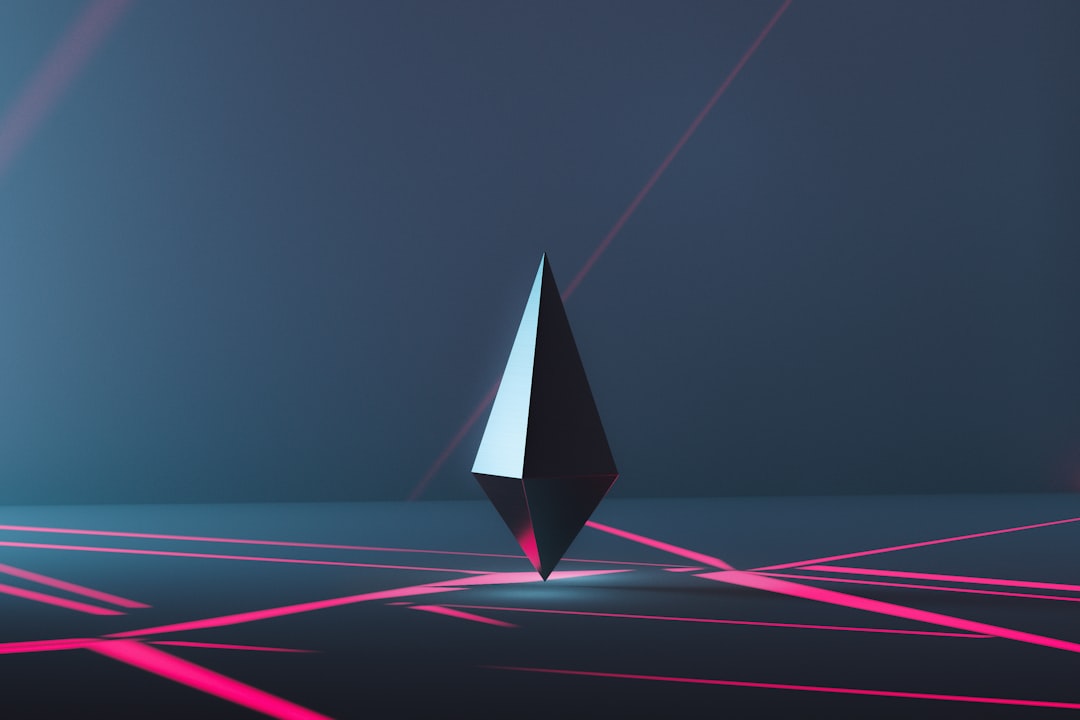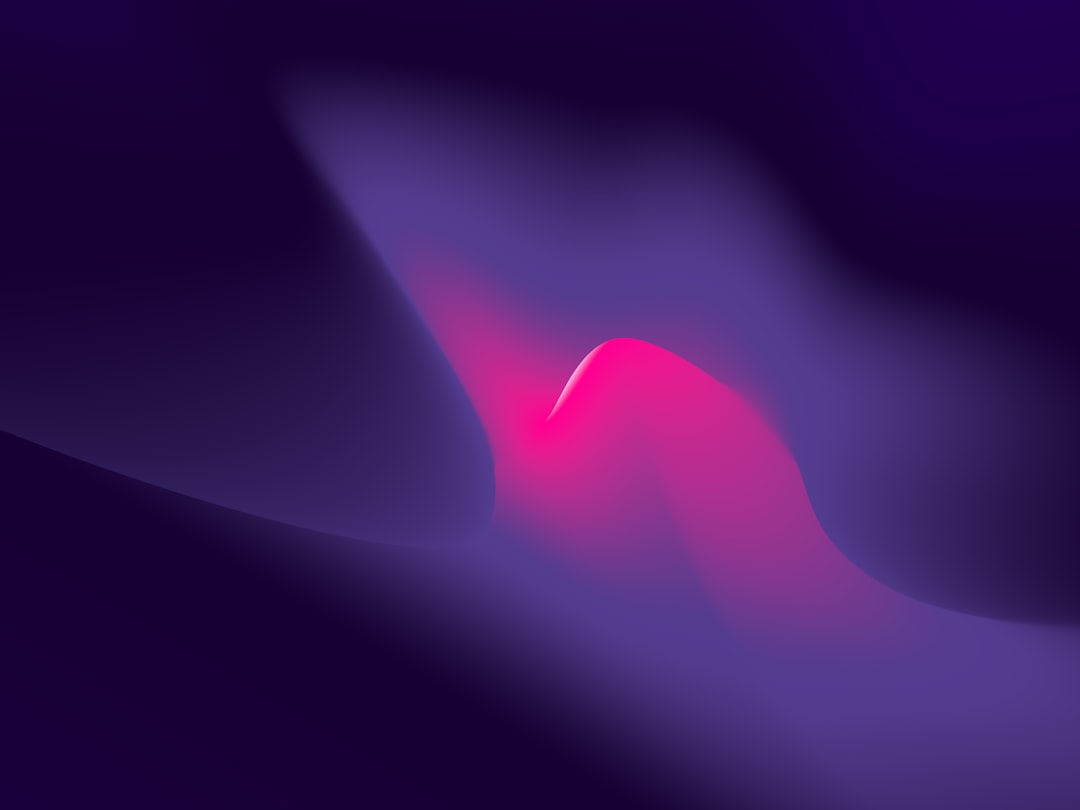Crypto art is a new form of digital art that has emerged in recent years. Unlike traditional art forms that are confined to a canvas or paper, crypto art uses blockchain technology to create and distribute unique digital assets that have value and can be bought and sold. In simple words, it is a digital asset that is unique and can be owned and traded like any other cryptocurrency.
The emergence of crypto art can be traced back to the early 2010s when Bitcoin was established as the pioneer of cryptocurrency. With the rise of blockchain technology, artists started seeing the potential of using it as a new medium for art. During this time, artists started exploring the capabilities of blockchain technology and began creating digital art that could be owned and traded on the blockchain.
In 2014, the first crypto artwork was created by artist Kevin Abosch, who used the blockchain to create a digital portrait of himself. This artwork was sold for over $100,000, marking the emergence of crypto art as a new form of digital art that has been gaining increasing popularity since then.
Since then, a thriving community of artists, collectors, and enthusiasts has emerged around crypto art. Today, crypto art has become an established art genre that combines technology, creativity, and economics. It provides a new and exciting direction for artists to explore and challenge traditional art mediums, and it is rapidly becoming a viable investment opportunity for those who are interested in investing in art.
As we delve deeper into this blog post, we will explore the advantages and drawbacks of crypto art and how blockchain technology is revolutionizing the art world. We will also discuss the legal and ethical issues surrounding crypto art and the opportunities it provides for new artists and collectors. Finally, we will provide insights into the future of crypto art and make predictions about its impact on the art industry.
Beyond the Canvas
Crypto art has emerged as a new medium for artists to express themselves on the internet, beyond the traditional canvas or physical artwork. This new medium comes with its own set of advantages and drawbacks.
One of the biggest advantages of crypto art is its accessibility. Digital art can be easily shared and consumed on the internet, without the physical constraints of a physical artwork. This also means that digital art can be easily copied and distributed, which can be both an advantage and a drawback.
Another advantage of crypto art is the potential for new revenue streams for artists. With the introduction of NFTs (Non-Fungible Tokens), artists can now sell their digital artwork as unique, collectible items. This breakthrough has enabled artists to monetize their digital creations in a way that was not possible before.
Despite the advantages, digital art also has its drawbacks. As mentioned earlier, digital art can be easily copied and distributed without the artist’s permission. This raises concerns regarding the ownership and authenticity of the artwork, as well as potential copyright issues.
Furthermore, digital art is highly dependent on technology and internet connectivity. If the artist’s website or platform goes offline, the artwork could potentially be lost or inaccessible.
Overall, crypto art represents a new and exciting medium for artists to express themselves beyond the traditional canvas. While it comes with its own set of advantages and drawbacks, it has the potential to revolutionize the art world and create new opportunities for artists.
.
NFTs and Authenticity
The introduction of NFTs (Non-Fungible Tokens) was a breakthrough for the art market. NFTs allow artists to tokenize their digital art as unique assets, enabling collectors to purchase and own the original work with a traceable record on the blockchain. This is a significant milestone for the digital art industry as it provides a way for artists to monetize their work while ensuring the authenticity and uniqueness of each piece.
Before NFTs, digital art lacked the authenticity and scarcity associated with traditional physical art. The absence of authenticity made it easy for anyone to copy and reproduce digital art pieces, decreasing their value and robbing artists of their rightful earnings. The introduction of NFTs solves this issue by creating a unique digital certificate of ownership that is stored on the blockchain.
The blockchain, with its immutable ledger, provides proof of ownership that cannot be altered or disputed. It assures collectors that they own an original piece of art that cannot be replicated or reproduced, even by the artist who created it. In this way, the introduction of NFTs challenges the conventional perception of digital art as a lesser form of art by providing a means for artists to assign value and authenticity to their work.
Another advantage of NFTs is that every transfer of ownership is recorded on the blockchain, ensuring that the history of the piece is always transparent and traceable. This means that potential buyers can easily verify the legitimacy of the artwork, and it also protects artists from forgeries and piracy. As the art industry continues to evolve, NFTs provide a much-needed solution for digital artists to protect their creations and be recognized as legitimate creators.
In conclusion, NFTs emerged as a game-changer for the digital art industry. They provide authenticity and provenance, proving that digital art can be a legitimate and valuable asset. With the introduction of NFTs, digital artists can protect their work and earn the recognition and compensation they deserve.
The blockchain, with its immutable ledger, provides proof of ownership that cannot be altered or disputed.
The Power of Decentralization in Crypto Art
Crypto art is a new kind of digital art where each artwork is cryptographically secured using blockchain technology. This technology secures ownership of each piece of digital art and allows the artist to sell their work as a unique and valuable asset. Moreover, it revolutionizes the traditional art world, which has been limited to physical artworks that can be easily copied or counterfeited. The power of the blockchain makes it a game-changing technology for the world of art.
The revolutionary blockchain technology enables crypto artists to bypass intermediaries such as galleries or auction houses, which means that more revenue goes directly to the artists. Artists can now create their artwork, secure it on the blockchain, and sell it directly to buyers through peer-to-peer transactions. It is also a huge step towards democratizing the art world since anyone can create valuable artwork and sell it without needing to be represented by a gallery or agency.
Decentralization can also work in favor of artists by providing them with complete control over their artwork. Traditionally, artists have had to adhere to the rules of the art market established by galleries, auction houses, and other intermediaries. However, blockchain technology allows artists to have complete control over their work, including how it is displayed, who owns it, and how it is sold.
Decentralization also removes the need for artists to rely on intermediaries to authenticate their artwork. Blockchain technology allows for the creation of non-fungible tokens (NFTs), unique digital assets that can be used to represent ownership of artwork. NFTs enable artists to verify the authenticity of their artwork, which is especially important in the world of digital art, where it is more challenging to establish the authenticity of a piece.
The decentralized nature of the blockchain also allows artists to maintain control over their intellectual property. When an artist creates a piece of artwork, they automatically own the copyright. However, traditional intermediaries can manage the artwork and even sell prints of it without the artist’s permission. With blockchain technology, every transaction is recorded on a tamper-proof, decentralized ledger, giving the artist complete control over how their artwork is used and distributed.
The power of the blockchain technology lies in its ability to allow artists to take control of their work and make it available to a global audience. This is a tremendous opportunity for artists globally to showcase their work to potential buyers who might never have had access to it otherwise. By using blockchain technology, these artists can sell their artwork to anyone, anywhere in the world, without the traditional barriers of distance, language, or culture.
The power of decentralization in crypto art is clear, offering artists the ability to bypass traditional intermediaries and establish complete ownership and control over their artwork. It is an exciting time for artists who can take advantage of the latest technology to explore new ways of creating, sharing, and monetizing their art.
However, blockchain technology allows artists to have complete control over their work, including how it is displayed, who owns it, and how it is sold.
Challenges and Opportunities
Crypto art brings about numerous legal and ethical challenges, and at the same time, it presents a unique set of opportunities for both artists and collectors alike.
One significant challenge that crypto art faces is that of copyright infringement. While traditional art can also have copyright issues, it’s easier to protect physical artworks. However, digital art can be easily copied and distributed, leading to copyright violations. While NFTs can guarantee authenticity, they don’t necessarily prevent unauthorized distribution. As such, artists need to explore ways of protecting their digital creations from infringement.
Another challenge of crypto art is the risk associated with investing in it. The rapidly changing nature of cryptocurrencies and the uncertainties of the art market make it difficult to determine the value of crypto art. This makes it challenging for artists and collectors to assess what is genuinely worth, leading to potential financial losses.
Despite the challenges, however, crypto art presents several opportunities for new artists and collectors. The democratization of the art world through blockchain technology allows artists from diverse backgrounds and regions to showcase their work globally. This results in a more inclusive and diverse art community, where emerging artists can reach new audiences and break down traditional barriers.
Furthermore, the sale of NFTs allows artists to receive a fraction of the resale profits, ensuring that the artist benefits from the success of their work. This, in turn, encourages artists to create more thought-provoking and groundbreaking works of art, which has great benefits for the art world as a whole.
Finally, crypto art provides an excellent opportunity for collectors. It allows art enthusiasts to directly purchase and own unique digital pieces from emerging artists, something which was previously impossible. Owning crypto art also grants collectors access to a new form of cultural currency, making it an exciting and valuable investment opportunity.
In conclusion, crypto art is a complex and emerging field with many challenges and opportunities. As the number of artists and collectors increases, the industry will need to address some of these challenges to ensure the continued growth and success of crypto art. Nonetheless, the unique opportunities afforded by blockchain technology mean that crypto art has the potential to revolutionize the art world forever.
Furthermore, the sale of NFTs allows artists to receive a fraction of the resale profits, ensuring that the artist benefits from the success of their work.
Conclusion
After exploring the world of crypto art, we can conclude that it is a cutting-edge medium that is rapidly gaining recognition in the art world. We have witnessed how blockchain technology is revolutionizing the way art is created, bought, and sold.
One of the most significant breakthroughs in this field has been the emergence of NFTs, which have opened up new opportunities for artists and collectors alike. NFTs provide the much-needed authenticity and ownership that was missing in the traditional art world.
As we have seen, decentralization plays a crucial role in the development of crypto art. Blockchain technology allows for a decentralized network that is free from the influence of intermediaries, enabling artists to showcase their work without restrictions.
However, it is worth noting that crypto art faces some challenges, particularly with legal and ethical issues. As this industry continues to evolve, it is important to address these challenges to ensure that artists and collectors are protected.
Looking to the future, we predict that crypto art will continue to gain momentum as more people become aware of its potential. As the industry evolves, we expect to see more adoption of blockchain technology, leading to more innovation in this field.
In conclusion, crypto art presents a unique opportunity for artists and collectors to explore the possibilities of the blockchain. With its advantages, such as NFTs, decentralization, and the elimination of intermediaries, this industry is poised for significant growth in the years to come. We encourage everyone interested in the art world to keep an eye on this exciting development.
In conclusion, crypto art presents a unique opportunity for artists and collectors to explore the possibilities of the blockchain.
The Importance of Crypto Art in the Future
Crypto art represents a whole new way of thinking about artistic expression and ownership in the digital age. With the rise of blockchain technology, artists and collectors are now able to interact and transact in completely new ways. While there are certainly challenges to the rise of this new art form, it is clear that the opportunities presented by crypto art far outweigh any drawbacks.
One of the most important aspects of crypto art is its ability to transcend traditional mediums. In the past, artists were limited by the material they used to create their work. Whether it was paint, pencil, or clay, there was always a physical limit to what could be created. With crypto art, however, artists are no longer constrained by these physical limits. Instead, crypto art is created digitally, which allows for limitless creativity and experimentation.
Of course, this new medium comes with both advantages and drawbacks. On the one hand, digital art is more accessible than traditional art, as it can be easily distributed and shared online. On the other hand, digital art is also more difficult to control and protect, as it can be easily copied or altered without the artist’s permission.
This is where NFTs come in. NFTs, or non-fungible tokens, are an important breakthrough for the art market. By using blockchain technology, NFTs provide a digital certificate of ownership that is both unique and irrefutable. This means that artists and collectors can be assured of the authenticity of their artwork, even in the digital world.
The decentralization of blockchain technology is also a powerful tool for artists. By removing the need for intermediaries like galleries and auction houses, artists can now sell directly to their collectors. This not only creates a more equitable distribution of wealth, but it also allows artists to maintain control over their work.
Of course, there are also legal and ethical issues that must be considered in the rise of crypto art. For example, how do copyright laws apply in the digital world? Are there any environmental concerns related to the energy consumption required to mine cryptocurrencies? These are important questions that must be addressed as the world of crypto art continues to evolve.
Despite these challenges, however, the opportunities presented by crypto art are tremendous. For new artists, crypto art represents a whole new platform for exposure and recognition. For collectors, it represents a new way to invest in art and support emerging artists.
In conclusion, it is clear that crypto art represents a significant shift in how we think about art and ownership in the digital age. With NFTs and blockchain technology, artists and collectors are able to interact and transact in a way that was never before possible. While there are certainly challenges to be addressed, the opportunities presented by crypto art cannot be ignored. As we continue to explore this new frontier, there is no doubt that the future of art will be forever changed.





